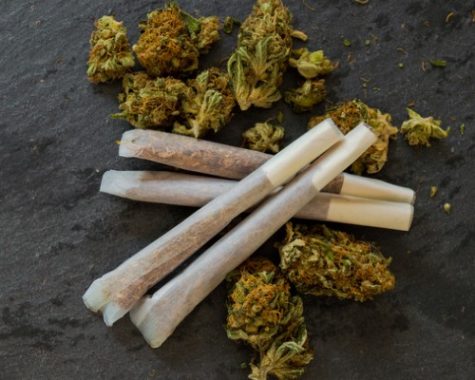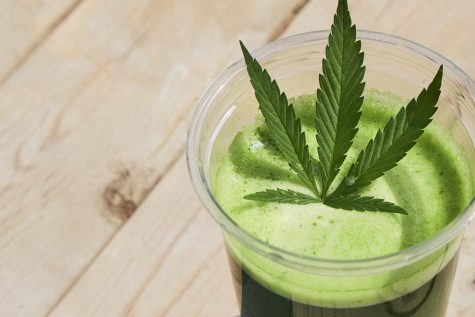Per-milligram price of THC in cannabis-infused products is dropping
Since January 2020, the average cost per milligram of the psychoactive compound THC (tetrahydrocannabinol) in infused weed products has continuously dropped. In particular, the per-milligram price of THC contained in infused beverages and edibles has seen the greatest reduction.
The findings, which were released by Seattle-based cannabis data analysis firm Headset, demonstrate that the competition is heating up amid the market’s ongoing maturance.
According to the analysts, the size, dosage and unit price of non-inhalable cannabis products varies. With that being said, the measured per-milligram price of THC offers a unique insight into the comparison of markets and product categories.
Per-milligram price of THC reduces with increased package sizes
Edibles containing 100 milligrams of the mind-altering substance constitute a greater share of sales across California, Colorado, Nevada and Washington state. Since January 2020, this segment of sales has grown from 78 percent to 83 percent for the month of May, 2021.
According to senior data analysis of Seattle-based analytics firm Headset, Cooper Ashley, the cost per milligram of THC normally sinks as the package size increases. Because of this, the overall cost tends to depreciate over time.
Based on an MJBizDaily analysis of recreational cannabis product pricing data from Headset, the per-milligram price fluctuated between various well-established legal markets, such as California, Colorado, Nevada and Washington state. In each of these states, the total price that was calculated by THC content appeared to sink.
Featured below is a chart of the percentage changes in each category:
| Category | Percent change |
| Beverages | -33.84 percent |
| Capsules | -15.17 percent |
| Edibles | -7.88 percent |
| Tinctures & Sublinguals | -22.23 percent |
| Topicals | -12.91 percent |
Reduced per-milligram price of THC connected to COVID-19 pandemic
Price reduction was also attributed to changing buying trends post-pandemic. The coronavirus wave has prompted many consumers to stock up on load up on high-THC products, thus resulting in this segment of the market attracting greater revenue.
One of the main factors influencing the per-milligram price of THC in cannabis products was COVID-triggered market interruptions. For example, stay-at-home orders, particularly in states like Nevada, have made it impossible to visit retail stores.
Soon after the pandemic erupted, Nevada saw its beverage prices plummet when the product was measured by THC content. In January of last year, beverage prices in Nevada were on-par with California and Colorado. At this point, the per-milligram price of THC was $0.26, but this price further slipped to $0.06 by May 2020.
Concurrently, the cost of edibles in Nevada spiked throughout the summer. In October 2020, the cost of edibles climbed to $0.25 per milligram of THC. However, this price dropped to $0.19 from May 3 of this year, suggesting that the lingering pandemic has had a major impact on prices.
Although the majority of categories declined, a handful did manage to gain. For example, sublingual products and cannabis tinctures gained 3.23 percent in Colorado since January 2020. For the first week of May 2021, this product category took the lead at $0.31 per milligram of THC.







